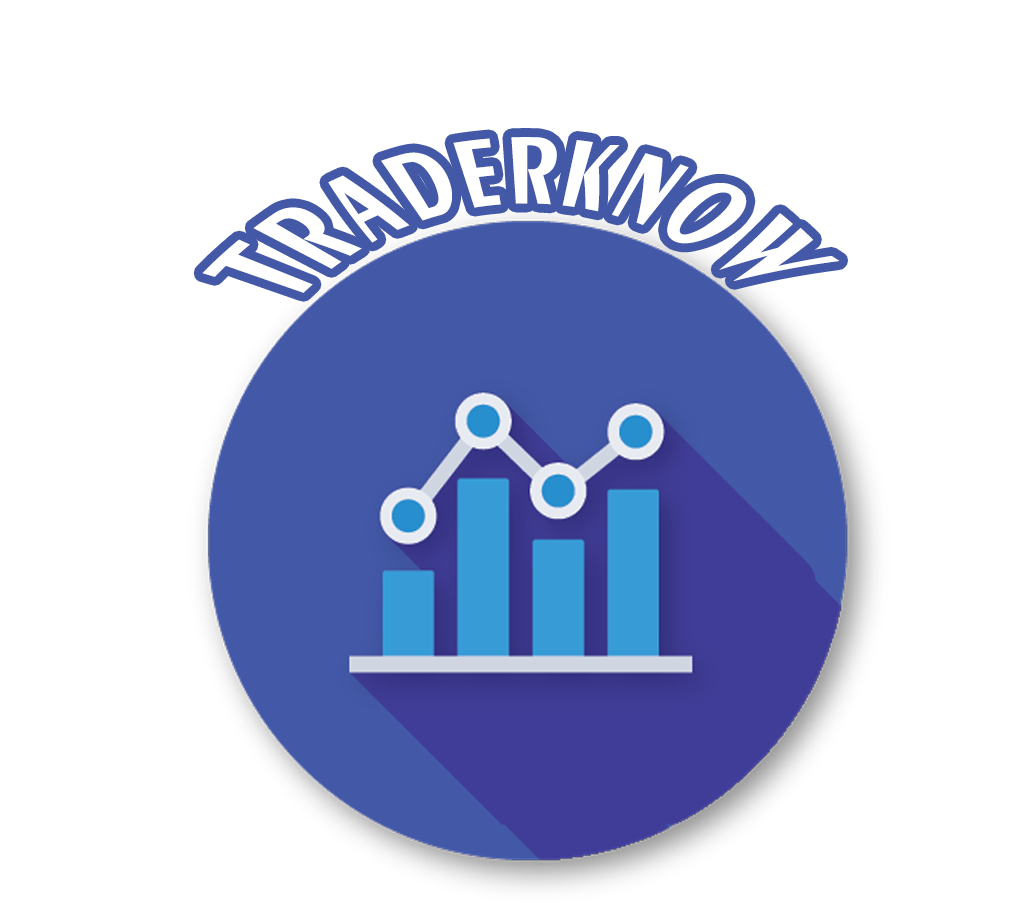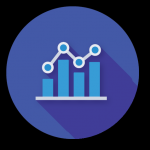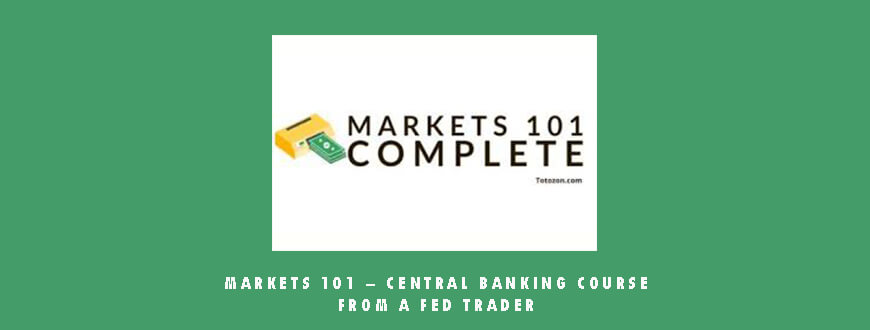Markets 101 – Central Banking course From a Fed trader
Markets 101 complete – Central Banking course From a Fed trader
A Foundation in Global Markets
Learn from the perspective of macro trader
A foundational course for macro traders. These ten classes will take you on a tour across the major asset classes and teach common frameworks used to understand them. Each class relies heavily on case studies to illustrate the principles discussed.
Class 01 Market Participants
Each market participant operates under different motivations and constraints. Some of them invest to meet regulatory requirements, some to hedge their portfolio, and some are not even trying to make money. This course walks through a few major market participants and offers examples of market participants investing for reasons that have nothing to do with “fundamentals.” Prices don’t always mean what you think they mean. The entire class is available for free as a preview.
Class 02 Federal Reserve
The Fed is easily the most influential market participant in the world. The words of a Fed chair can send markets to the moon, or into despair. But the Fed is a rationale actor whose actions can be understood and predicted. This course goes over the Fed’s dual mandate, the tools it uses to carry out its task, and describes their impact on the real and financial economy. Case studies: “Higher for Longer,” Reverse Wealth Effect, Taper Tantrum, Corporate Credit Facility.
Class 03 Treasury Market
The Treasury market is the world’s single most important market. It determines the risk free rate in U.S. dollars, which directly impacts all asset prices. This course goes through the mechanicals of the Treasury market from product types, drivers of supply and demand, and common market interpretations of the yield curve. Case studies: March 2020 Treasury Market, TIPS implied breakevens, safe haven bids.
Class 04 Agency MBS
The Agency MBS market is often through of as “Treasury adjacent” because it is credit risk free and also very liquid. This course walks through the process through which Agency MBS are created, discusses special characteristics like prepayment risk, and outlines how MBS prices feed through to the real economy. Case studies: 2022 QT, Convexity Hedging, 2020 mREIT Implosion.
Class 05 Foreign Exchange
The FX market is a major asset class and one that directly impacts the financial and real economy. Global investors take into account FX changes when making investments, and real economy actors react to changes in their import and export prices. This class describes a number of academic and investor perspectives on what drive FX, and pays special note to the large role the government plays in influencing FX prices. Case studies: East Asian Currency Crisis, Sri Lanka Balance of Payments Crisis, Swiss Un-Peg 2015, the Safe Haven Yen.
Class 06 Global Dollar System
The dollar is unique in that it is the currency of the United States, but also widely used throughout the world. This course sketches out the reach of the dollar, offers reasons why the dollar is so dominant, and discusses its implications. The global dollar system makes the Fed the de facto central bank of the world, and directly transmits Fed policy throughout the world. Case studies: 2008 Fed Swap Lines, Dollar strength and inflation, Eurodollar Banking.
Class 07 Equities
Equities are the most popular asset, but also the most difficult to understand. This course gives an overview of the market, discusses traditional valuation theories, and notes that equities can behave very differently in practice. Case studies: Target Date Funds, the Index Effect, Corporate Stock buybacks, Relief Rallies, Tesla Stock split.
Class 08 Credit
A wide range of borrowers raise money through the market by issuing debt. This course walks through the corporate credit, municipal, and asset backed securities market. We discuss spreads, ratings, default and recovery, and market indicators. Case studies: Fallen Angels, Fed Corporate Credit Facility, Private Label MBS.
Class 09 Global Central Banks
Central banks are each gods of the market, so it is important to study each of the major central banks. They can also be predictable, which creates investment opportunities. This course discusses the mandates and tools of ECB, BOJ, and PBOC. Case Studies: Draghi’s “Whatever it takes”, Yield Curve Control, RMB Shock Devaluation, BOE Pension Crisis.
Class 10 Money
Money is demand. When there is more money then there more demand for real goods and services, but also financial assets. We discuss the different types of money, how money is created, and how it flows. Case studies: Quantitative Easing, Post-GFC Credit Crunch, Covid Fiscal Stimulus, 2006 Real Estate Boom, Eurodollar Banking.
Course Features
- Lectures 0
- Quizzes 0
- Duration Lifetime access
- Skill level All levels
- Language English
- Students 0
- Assessments Yes


